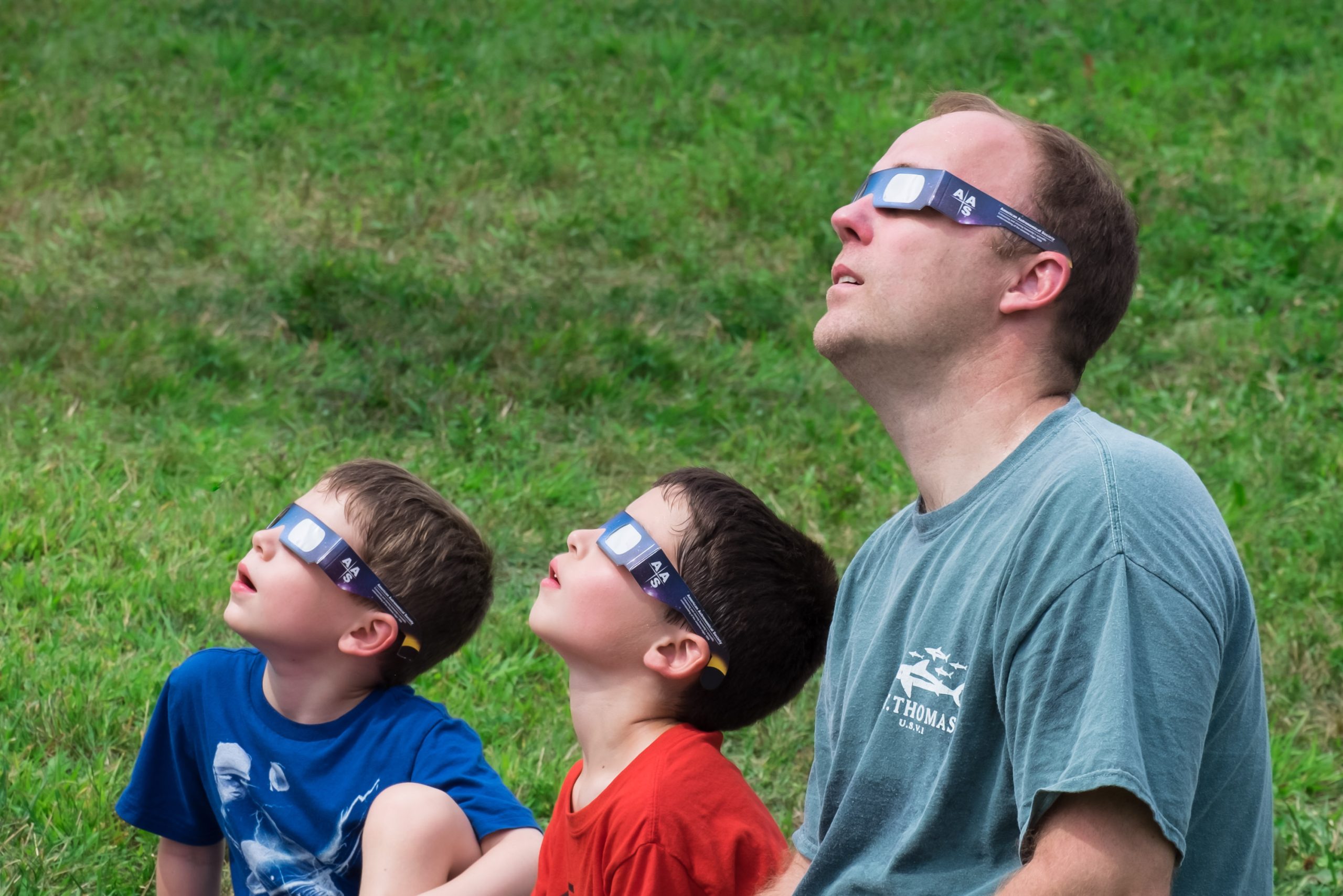April 8th Solar Eclipse: On April 8, a total solar eclipse will cross North America, the last time a total solar eclipse will be viewable from the continent until 2033. A total solar eclipse happens when the moon passes between the earth and the sun, temporarily blocking the view of the sun from a part of the earth. It’s an incredible and rare sight to behold — but looking at a total or partial eclipse can severely and permanently damage your eyes and eyesight if not done with proper protection.
The major cities inside the path of the total eclipse are Mazatlan, Torreon, San Antonio, Austin, Dallas, Fort Worth, Indianapolis, Cleveland, Buffalo, Rochester, Syracuse, and Montreal. However a partial solar eclipse will be visible throughout most of the US — even observing a partial solar eclipse unprotected can damage your vision.
North America will experience totality again in 2033, when the next total eclipse crosses Alaska. In 2044, another total solar eclipse will occur and be visible in multiple continental U.S. states, including Montana and North Dakota.
How to protect your eyes when watching a solar eclipse
 To protect your eyes during an eclipse, you need special glasses. Never use sunglasses, as they do not offer proper protection. Make sure they meet safety requirements and are manufactured with the ISO 12312-2 standard. Look for ISO standard labeling when looking for solar eclipse glasses and purchase them from a trusted source.
To protect your eyes during an eclipse, you need special glasses. Never use sunglasses, as they do not offer proper protection. Make sure they meet safety requirements and are manufactured with the ISO 12312-2 standard. Look for ISO standard labeling when looking for solar eclipse glasses and purchase them from a trusted source.- Wear your solar eclipse glasses at all times when watching an annular or partial solar eclipse.
- Make sure they fit well and cover both of your eyes. Avoid glasses that are too wide or large and could fall off your face.
- Make sure they don’t have any scratches or other signs of wear and tear. If the glasses are damaged, do not use them, they are not safe to use.
- Be sure to read and follow any directions included with your eclipse glasses.
How NOT to watch a solar eclipse
- NEVER look at the sun directly.
- Do NOT use your smartphone: Watching a solar eclipse on your smartphone camera can put you at risk of accidentally looking at the sun when trying to line up your camera. It could possibly also damage your smartphone camera. Don’t take the risk.
- Do NOT use your camera viewfinder: Never look at a solar eclipse through the optical viewfinder of a camera. It can damage your eyes in the same way as looking directly at it.
- Do NOT use unsafe filters: Unless specifically designed for viewing a solar eclipse, no filter is safe to use with any optical device (telescopes, binoculars, etc). All color film, black-and-white film that contains no silver, photographic negatives with images on them (x-rays and snapshots), smoked glass, sunglasses (single or multiple pairs), photographic neutral density filters and polarizing filters are unsafe filters to watch a solar eclipse. Also, solar filters designed for eyepieces that come with inexpensive telescopes are also unsafe. All of these items can increase your risk of damaging your eyes.











 To protect your eyes during an eclipse, you need special glasses. Never use sunglasses, as they do not offer proper protection. Make sure they meet safety requirements and are manufactured with the ISO 12312-2 standard. Look for ISO standard labeling when looking for solar eclipse glasses and purchase them from a trusted source.
To protect your eyes during an eclipse, you need special glasses. Never use sunglasses, as they do not offer proper protection. Make sure they meet safety requirements and are manufactured with the ISO 12312-2 standard. Look for ISO standard labeling when looking for solar eclipse glasses and purchase them from a trusted source.


